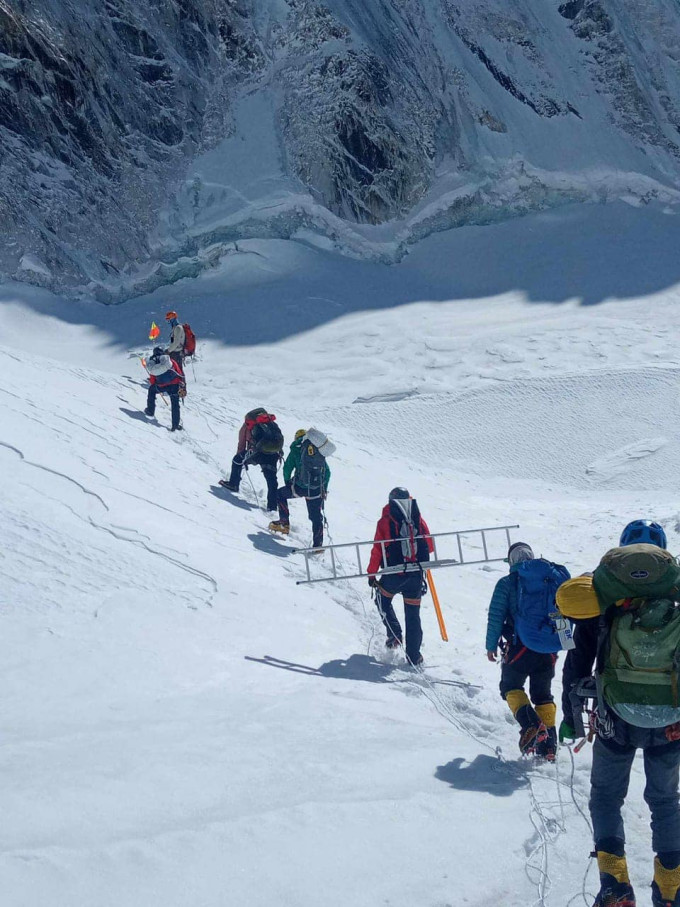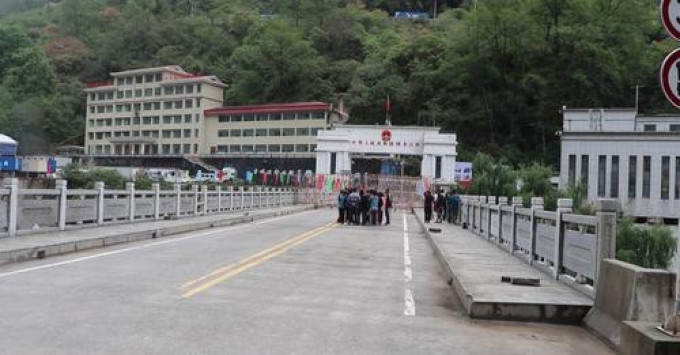NASA managed to plug a leak late Tuesday night while fueling its new moon rocket for a middle-of-the-night launch, its third try to put an empty capsule around the moon for the first time in 50 years.
Hydrogen fuel sprouted from a valve on the launch pad — a different location than leaks during previous launch attempts. Two technicians and a safety official rushed into the blast zone to tighten the valve, with emergency rescue workers on standby.
The quick repair appeared to fix the leak, allowing hydrogen to resume flowing into the rocket, but then a Space Force radar tracking site went down because of a bad ethernet switch, leading to yet another scramble. NASA’s countdown clocks kept ticking, with officials indicating the problems would likely push the launch into Wednesday’s two-hour window.
“No slip yet, but we’re monitoring their work,” said NASA launch commentator Derrol Nail.
Fuel leaks plagued the first two attempts in late summer, then a pair of hurricanes caused more delays. While engineers never pinpointed the cause of the escaping hydrogen, they altered the fueling process to minimize leakage and expressed confidence that all the plumbing in the 322-foot (98-meter) rocket would remain tight and intact.
US weather satellite, test payload launched into space
NASA added an hour to the operation to account for the slower fill-up, vital for reducing pressure on the fuel lines and keeping the seals in place. It seemed to work, but an intermittent hydrogen leak cropped up near the end of the six-hour operation. This particular leaky valve is on the launch platform, not the rocket, officials stressed, and is needed to replenish liquid hydrogen as it dissipates from the core stage.
The rocket was gassed up with nearly 1 million gallons (3.7 million liters) of super-cold hydrogen and oxygen, when the latest leak occurred.
NASA expected 15,000 to jam Kennedy Space Center for the launch in the wee hours of Wednesday morning, with thousands more lining the beaches and roads outside the gates. The space agency had two hours to get the rocket off, before standing down until Saturday.
The debut of the Space Launch System rocket, known as SLS, had three test dummies but no astronauts inside the crew capsule on top, which NASA hoped to put into lunar orbit.
This first test flight was expected to last three weeks, ending with a splashdown in the Pacific. NASA’s top priority for the $4.1 billion mission is to verify the capsule’s heat shield during reentry, so four astronauts can strap in for the next moonshot in 2024. That would be followed by a two-person lunar landing in 2025.
NASA last sent astronauts to the moon in December 1972, closing out the Apollo program.
READ ALSO:










